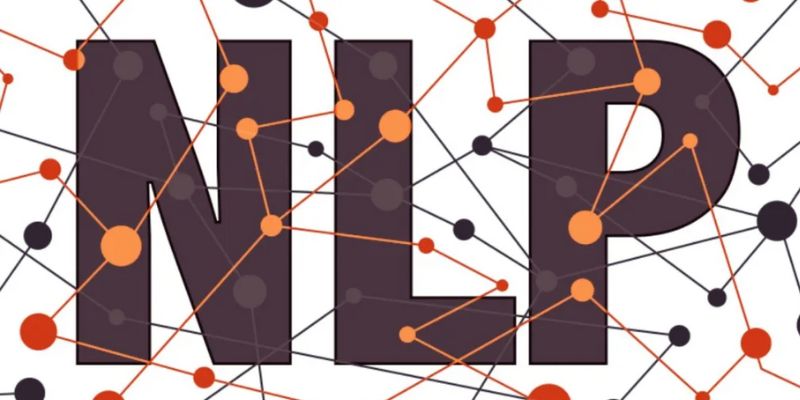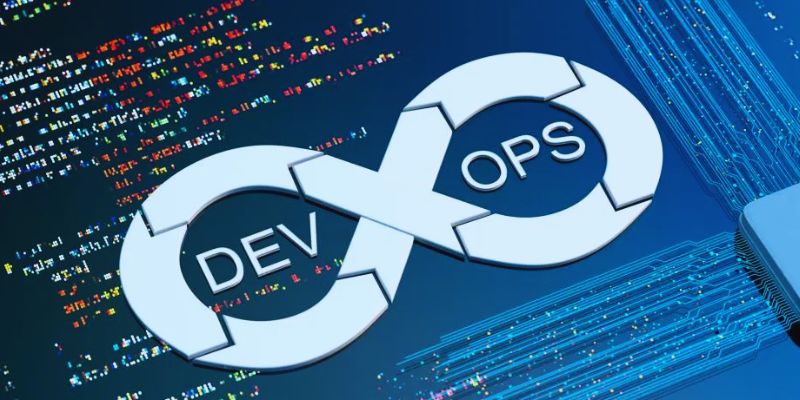Advertisement
When we run a program on our computer, there’s a lot happening behind the scenes. Two terms that often pop up are compiler and interpreter. At first glance, they might seem like two ways of doing the same job — translating code so machines can understand it. But once you look closer, the differences are pretty clear, and knowing them can actually help you make smarter decisions about the programming tools you use.
Compilers and interpreters don’t just translate code — they shape how fast your program runs, how easy it is to find bugs, and even how you share your software with others. If you’ve ever wondered why some programs feel faster or why some errors pop up immediately, it’s all because of how the code is processed. So, let’s break it down.
A compiler works like a translator who listens to your entire speech and then rewrites it all at once into another language. It takes the full source code written in a programming language (like C, C++, or Java) and converts it into machine code or an intermediate form. This version can then be run as a standalone program.
Here’s what usually happens:
One big thing to notice is that the user never sees the compilation happening during program execution. It happens beforehand. That's why programs made with compilers tend to run very fast after they are compiled. There's no waiting around for translation while you're trying to use the program.
Another bonus? Once compiled, the software doesn’t need the original source code. You can just hand someone the executable file, and they can use the program without ever seeing how it was written. Perfect for keeping your coding secrets safe.

An interpreter is a bit more like a live translator standing next to you, translating your words one sentence at a time as you speak. Instead of taking the entire code at once, it reads and executes the code line by line.
Here’s how it usually goes:
There’s no separate executable file. The original source code is always needed every time you want to run the program. That’s why interpreted programs can feel slower — they have to be translated again each time you run them.
However, this method does make fixing mistakes a lot easier. If there’s a bug, the interpreter points it out right away and stops. So you can quickly find exactly where things went wrong without needing to dig through an entire compiled program.
Languages like Python, Ruby, and JavaScript mostly use interpreters. That’s one big reason they are popular with beginners and quick projects.
Now that you have a basic idea of both let's put them side by side to really see the differences:
Feature | Compiler | Interpreter |
|---|---|---|
Translation Time | Happens once before the execution | Happens every time during the execution |
Speed | Faster after compilation | Slower because of real-time translation |
Error Detection | Shows all errors after checking the whole program | Shows errors one at a time while running |
Output | Creates an independent executable file | Do not create a separate file |
Usage | Good for final products | Good for testing and learning |
Examples | C, C++, Java (uses both) | Python, Ruby, JavaScript |
So, if you’re building something you want to distribute widely, compilers are usually the way to go. If you’re learning, experimenting, or working on scripts that change often, interpreters make life much easier.
Yes! Some languages actually use both a compiler and an interpreter together to get the best of both worlds. Java is a classic example. When you write Java code, it first gets compiled into something called bytecode (an intermediate form). Then, the Java Virtual Machine (JVM) interprets that bytecode when you run the program. Sometimes, the JVM even compiles parts of the bytecode into native machine code while the program runs, using something called Just-In-Time (JIT) compilation. This clever trick speeds things up a lot. Instead of interpreting everything every time, the JVM looks at which parts of your code are used most often and compiles them on the fly for faster execution.

Other languages use a similar approach. For example, C# programs get compiled into an intermediate language, and the .NET runtime interprets or compiles it as needed. Even PHP, which started purely as an interpreted language, added optional compilation layers in newer versions to boost performance without changing how developers write code.
By blending, compiling, and interpreting, these languages strike a nice balance. You get the speed benefits of compiled code, but you still keep the flexibility and easier debugging that interpreting allows. It's the best of both worlds, especially for modern applications that demand both speed and adaptability. So, it's not always a black-and-white choice. Many modern programming tools blur the line between pure compilation and pure interpretation.
Both compilers and interpreters are ways to make code understandable to computers, but they approach the task in very different styles. Compilers are all about speed and efficiency once things are ready. Interpreters focus on flexibility and ease during development. If you’re starting a new project, think about what you really need. Quick feedback while learning? An interpreter will be your best friend. Maximum performance for a finished app? A compiler is the smart choice. And if you’re using a language that sneaks a little of both into the process? You’re just getting the best parts of each.
Advertisement

Chile uses forest fire detection technology and AI-powered fire warning systems to detect fires early and protect forests

Discover how AI, NLP, and voice tech are transforming chatbots into smarter, personalized, and trusted everyday partners

Discover how to turn simple data into eye-catching 3D pie charts. This guide shows you easy steps, smart design tips, and when to use 3D for maximum impact

Discover how AI in the NOC is transforming network operations with smarter monitoring, automation, and stronger security

AWS unveils foundation model tools for Bedrock, accelerating AI development with generative AI content creation and scalability

Discover how GLUE and SQuAD benchmarks guide developers in evaluating and improving NLP models for real-world applications

Explore how deep learning transforms industries with innovation and problem-solving power.

Restructure DevOps for ML models and DevOps machine learning integration practices to optimize MLOps workflows end-to-end

Discover the 6 common ways to use the SQL BETWEEN operator, from filtering numbers and dates to handling calculations and exclusions. Improve your SQL queries with these simple tips!

Compare GPUs, TPUs, and NPUs to find the best processors for ML, AI hardware for deep learning, and real-time AI inference chips

Find out why Claude 3.5 Sonnet feels faster, clearer, and more human than other AI models. A refreshing upgrade for writing, coding, and creative work

Still puzzled by self in Python classes? Learn how self connects objects to their attributes and methods, and why it’s a key part of writing clean code